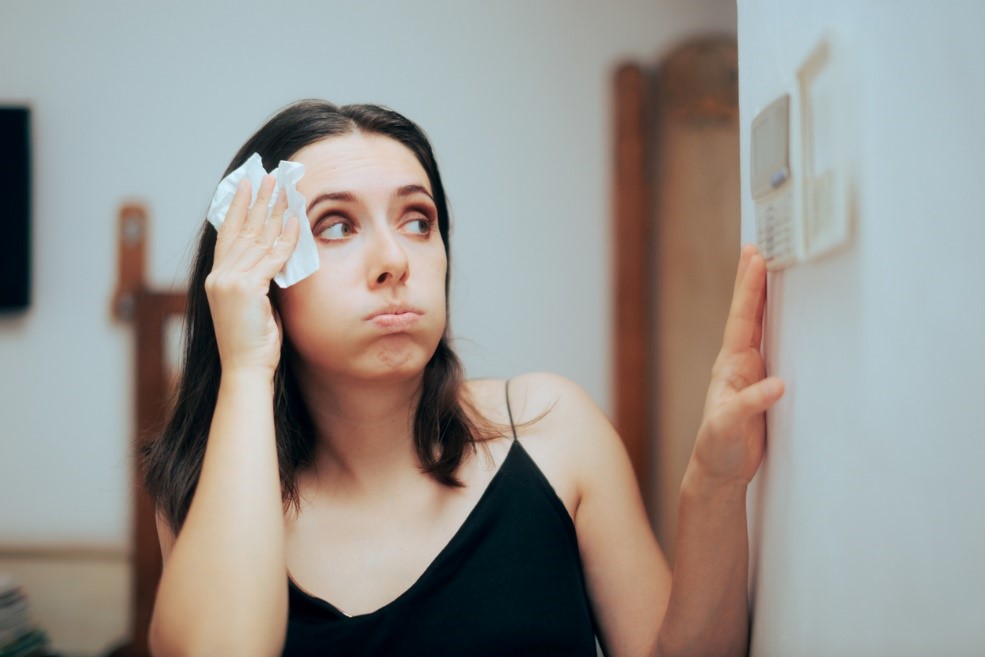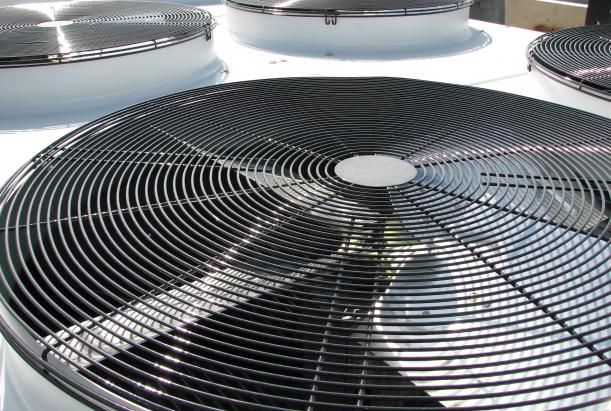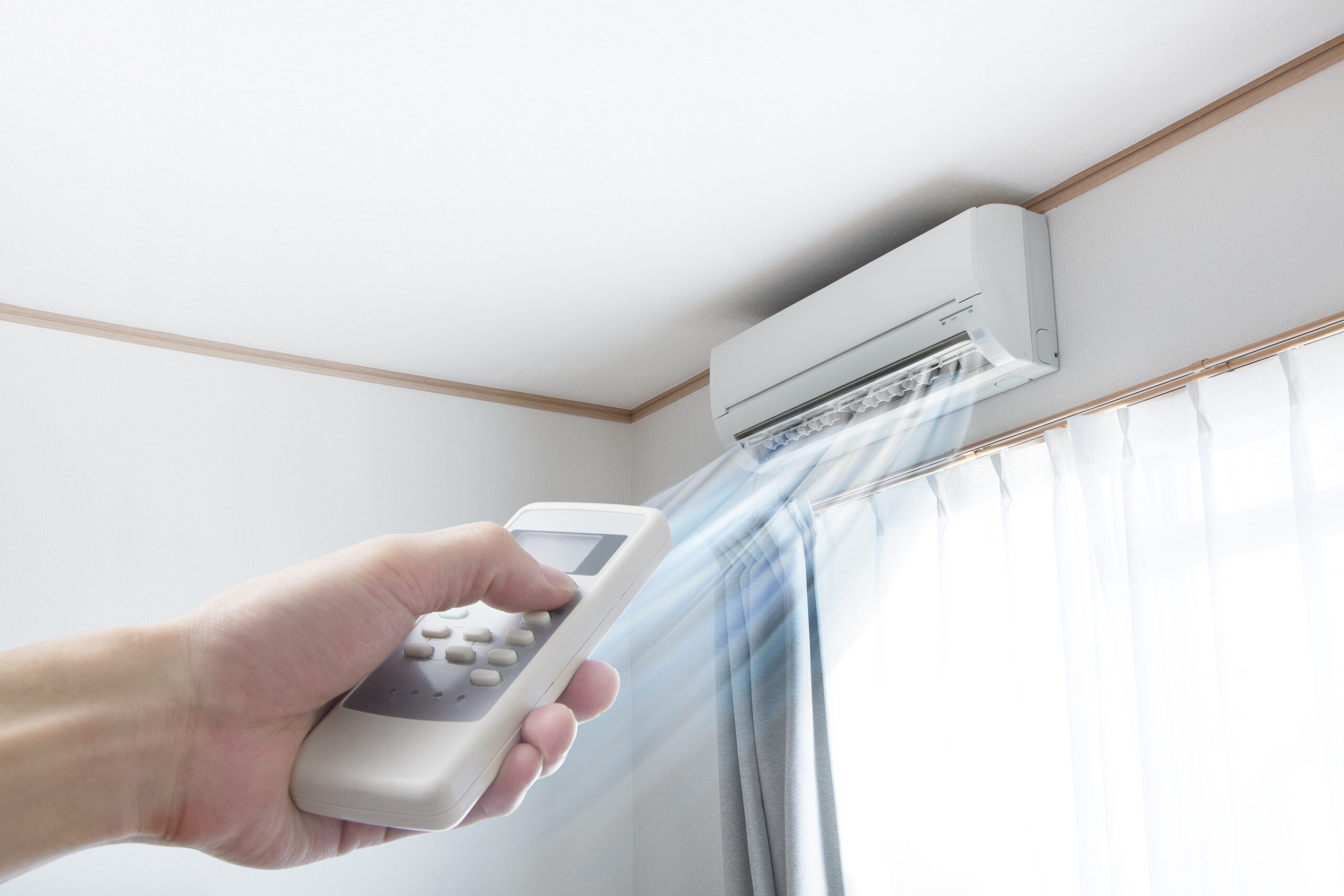Why Sump Pumps Fail and What You Can Do About It
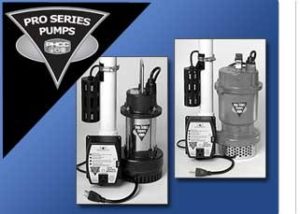
It’s cost-effective to call Blue Frost Heating & Cooling before your sump pumps fail and 4 feet of water is in your basement.
“How many sump pumps fail? All of them.” I have to credit a competitor of mine for using this line in an ad of his. This simple truth should provoke every homeowner to march right downstairs and take a pro-active look at their sump pump immediately. (Are you in your basement looking at your sump pump?) Now ask yourself the following questions:
- How old is this sump pump?
- Is the pump the original pump?
- How reliable does it look?
- How much water is being held in the pit?
- Is the water pumped all of the way down to the bottom of the pump, or is the pit holding too much water?
- Is the float obstructed?
- Does the check valve clunk when it shuts off?
- What happens to the water when it is discharged outside?
Chicago deluge or plumbing leak, a sump pump with a lid is your first line of defense against basement flooding. It pays to maintain your sump pump investment. So why do sump pumps fail to work at the most inopportune times?
Why Sump Pumps Fail to Work When Needed
When sump pumps fail, water problems worsen or the fail itself actually causes flooding. They are mechanical devices, and therefore, prone to malfunction, especially over time. Aside from the obvious failure due to a power outage, there are 9 reasons sump pumps fail to work:
1. Idleness is Hard on a Sump Pump
You may be saying to yourself, “But, Tom, it hardly ever runs. How could it possibly wear out and fail me?” Sump pumps only last 6 to 8 years. And sitting idle may actually be worse for a pump. Not working on a regular basis can shorten the life of the pump.
What You Can Do About It: Add enough water to cause the pump to run one or two times. Exercise the components regularly to keep them viable and make sure the sump pump is ready when needed.
2. A Sump Pump Runs Non-Stop
When a sump pump runs continuously or too often, it needs to be addressed immediately. Running non-stop is also hard on a sump pump and will cause it to fail. Here’s what causes a sump pump to run non-stop:
- Sump pump and/or liner is too small or too big – The sump pump may not be big enough to handle the amount of water, so it runs continuously in order to keep up. The pump may be powerful enough, but the sump pit is too small. This causes it to fill up too fast and triggers the sump pump to get to work again. This is what we call a short-cycling sump pump.
- Check valve is missing or broken – Sump pumps are installed below grade. They are designed to channel water up and expel it at an exit point. Then gravity transports the water out and away from your home. That’s how a sump pump is supposed to work. But if the check valve is broken or missing, water will come back into the pit before it reaches the apex. A broken or missing check valve can result in one- to two-thirds of the water flowing right back into the pit!
- Sump pit is continuously flooding – In rare cases, a high water table or underground spring can create a continuous flow of water into the sump pit.
What You Can Do About It: Get a Blue Frost Heating & Cooling technician to look at your sump pump right away. Inspection of the basement is needed to diagnose and develop an effective drainage solution. If the water table is too high, raising the sump pit a bit may help. But upgrading the system or installing an extra sump pump in another corner of your basement can also help.
3. Floats Fail
Floats of old came as fixed parts on pumps. New pumps come with dual floats that can be calibrated to the characteristics of the pit itself. Remember, the height of the water level in your pit is equal to the height of the water level all around your foundation. The lower this water level, the greater the head start you’ll have when heavy rains fall or there is heavy snow melt.
Dual floats actually use two separate floats. They are designed this way so that if the first float fails, the second one will take over. An alarm will sound to let you know your sump pump is operating on the second float. Get this: Most of the pumps Blue Frost Heating & Cooling plumbers “swim to” for replacement are working like they’re supposed to. What we discover quite often is that the float or check valve failed.
What You Can Do About It: Hire Blue Frost Heating & Cooling to install a new sump pump with dual floats and an alarm.
4. Springs and Check Valve Flaps Wear Out
Listen to the check valve. If it clunks when it shuts off, it’s possible the spring or check valve flap are worn. That clunk means your sump pump is living on borrowed time. It will slowly get louder over time and then quit all of a sudden, like when you’re gone on vacation. You know, Murphy’s Law.
What You Can Do About It: Replace the spring or check valve flap. Call Blue Frost Heating & Cooling to inspect your sump pump and let you know if your sump pump is living on borrowed time.
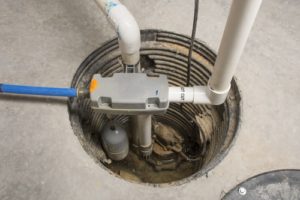
5. Sump Pumps Clog and Switches Jam or Tangle
We see sump pumps without lids every day. And an open sump pump is more likely to clog. Without a lid, your sump pump will get dirty or clogged over time and will either slow down or stop altogether. If switches jam or tangle, your sump pump can run continuously.
What You Can Do About It: Put a lid on it. Make sure your sump pump is covered with an airtight lid that prevents debris from getting into the sump pit and prevents water from evaporating back into the basement. Include a pedestal to keep the sump from coming in contact with the bottom of the container.
6. Floats Get Hung Up on Debris
Some older floats rise on a tether cord with the water. If they are too close to the side of the pit, or debris has found its way into the pit, they can get stuck. This is a major reason why many basements flood every year.
I once removed a cigarette pack from a sump pump pit for an original homeowner who had never smoked. Nails, rocks, a chunk of 2 x 4, a rag, the lid to a paint can, and other undesirable items from the original construction are possible sump pump float obstructions.
What You Can Do About It: Again, put a lid on it. But if your sump pump pit has never been ShopVac-ed completely dry and had all of the debris removed, call Blue Frost Heating & Cooling at (630) 444-0860. Removing debris is no fun, to say the least, but it prevents costly flooding.
7. There is No Water in the Sump Pit
Everything may appear to be in working order, but if there is no water in the sump pit, there is a problem. The lack of water in the pit indicates that the sump pump was either improperly installed or not linked to a drainage system.
Sump pumps work best when there is a drain tile installed internally or externally along the internal perimeter of the basement. Your drainage system should collect water and channel it via gravity toward the sump pump and discharge the water into the pit. If the drain tile is clogged, collapsed, or installed without the proper pitch, it will not divert water properly.
What You Can Do About It: Get your drainage system inspected and fixed. If a proper drainage system is non-existent, have one installed.
8. Buried Pipes Freeze or Become Obstructed
Sump pumps are designed to expel water collected via discharge lines. These discharge lines can freeze causing your sump pump to fail.
Sometimes the water that is discharged outside your home bubbles right back into a window well and back into the sump pump pit. But when water flows over the top and onto the ground, this indicates the pipe buried underground is obstructed.
What You Can Do About It: Discharge lines should be kept clear and covered. Make sure your discharge lines transport water out of the basement and far away from your foundation even during winter months.
9. Sump Pump Get Overwhelmed
Sometimes a sump pump just can’t handle the volume of water pouring in. A lone pump may not be powerful enough or reliable enough. Here’s where quality and capacity matter.
What You Can Do About It: Upgrade your sump pump. Add a battery backup sump pump. We recommend a high-capacity, battery-operated backup sump pump with an alarm.
More than one sump pump may need to be installed in different corners of the basement because one sump pump just isn’t enough.
Sump pumps fail. Make sure yours doesn’t. When sump pumps fail to keep your basement dry, it costs you, a lot. Blue Frost Heating & Cooling can help.
Your sump pump may be running on its last leg and ready to “kick the bucket.” And since prevention is always better than a flooded basement, call the professionals of Blue Frost Heating & Cooling at (630) 444-0860 today. We’ll evaluate your sump pumps before it fails for whatever reason.
Request Service
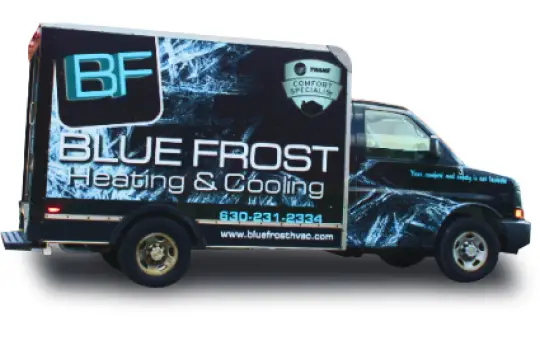
Our Process
Get to know our quick installation process of a device tailored to your needs
- In-Home Consultation
- Free In-Home Estimate Provided
- Timely Installation Scheduled
- Quality Installation Performed
- Enjoy Your Enhancement

